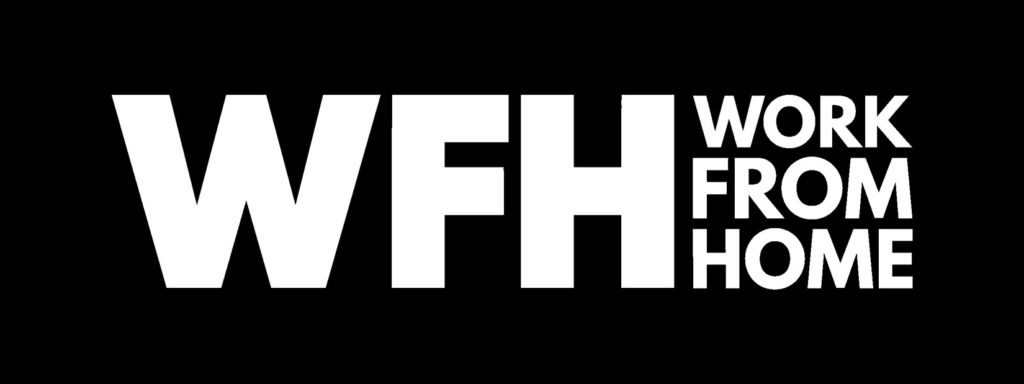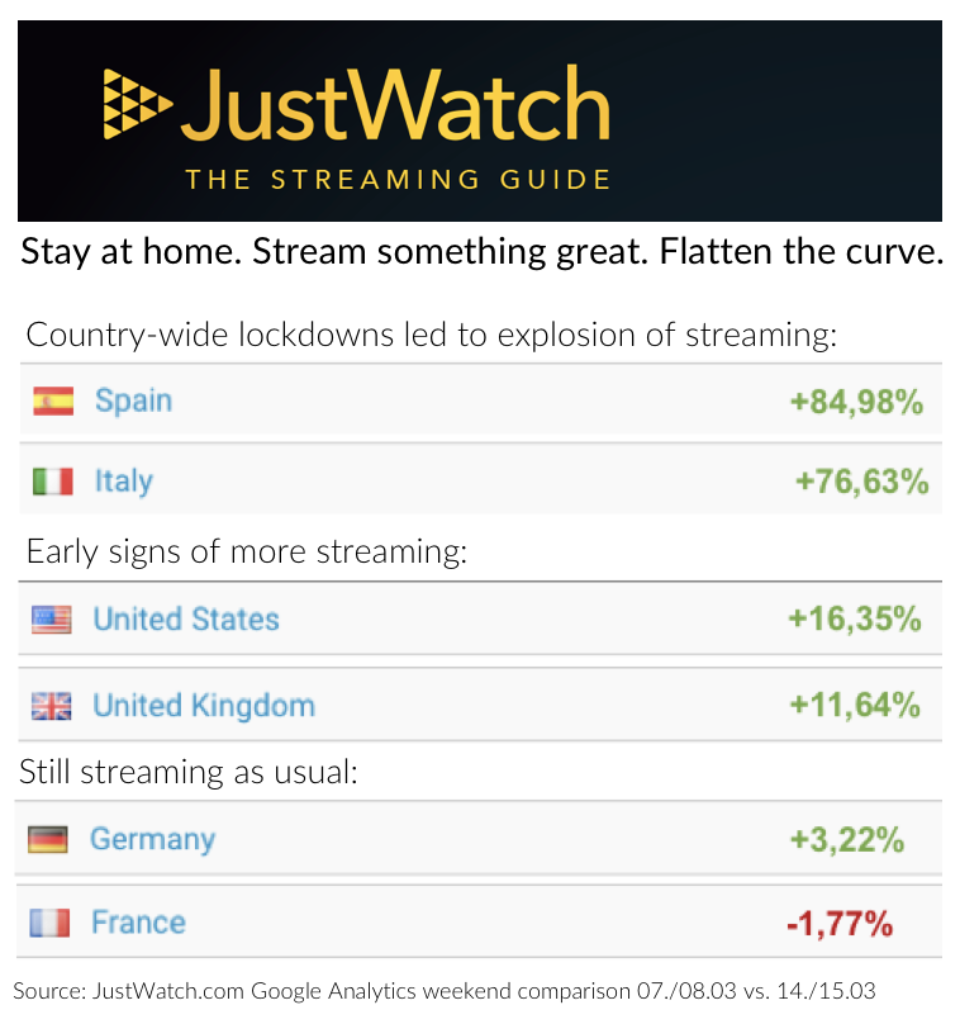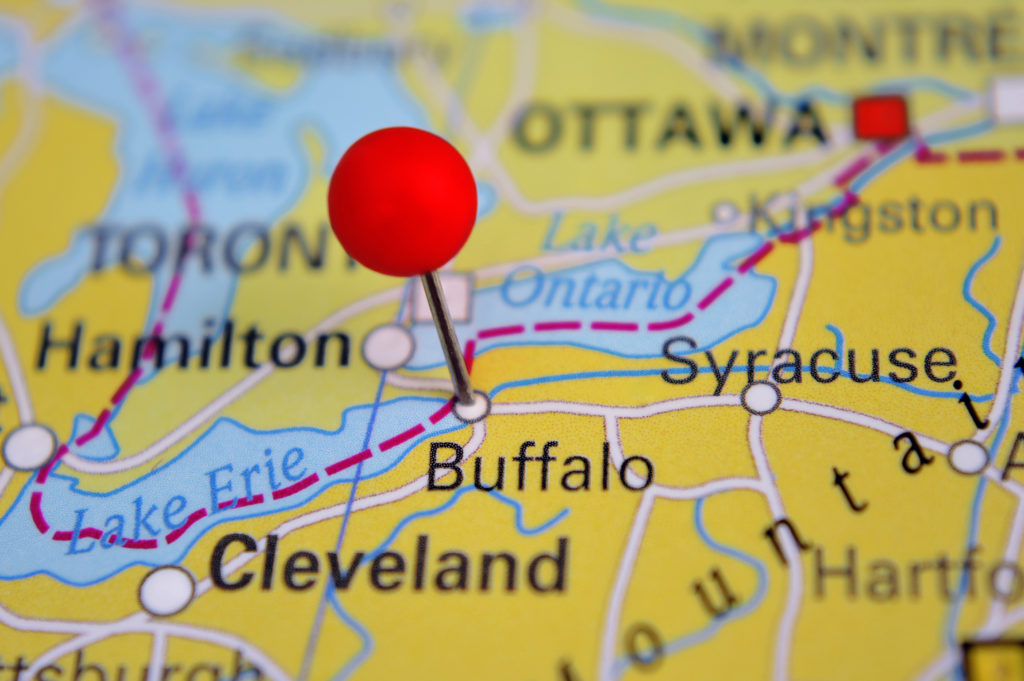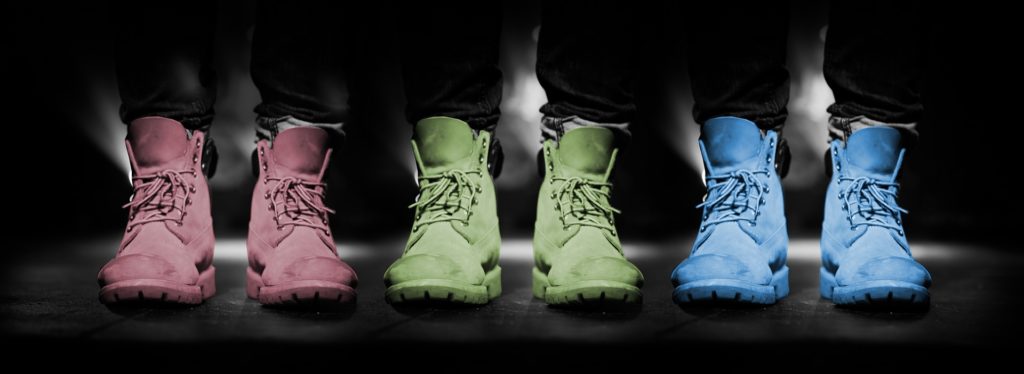
As more and more offices, stores, and businesses either modify their work processes – or close down altogether – broadcast radio finds itself in the same boat. Many radio operators have been grappling with the challenge of their staffs – especially air talent – having to ply their craft from afar.
But as we’ve known all along, radio can be done remotely, without a whole lot of fuss, muss, and expense. Some of the same technology that works so well for remotes opens the door for creative solutions during this crisis. Contrast that to the relative complexity of television, and you can instantly grasp why broadcast radio has the edge for both simplicity, immediacy, and even quality.
But for many people in radio, working from home – or WFH for short – will now become a reality. It’s all part of a larger trend that’s been bubbling under for some time now. The coronavirus has just accelerated it, but when you think about it, the “do everything from home” mindset has been expanding.
Amazon changed the retail experience with Prime and “same day delivery,” forcing other retailers to follow suit. Peloton is revolutionizing the way people work out (who needs a gym?) And food delivery services (GrubHub, DoorDash, UberEats) look to explode in popularity, changing the way we eat out – or in.
Retail Dive’s Tatiana Walk-Morris reports food store apps like Walmart Grocery an Shipt have experienced huge jobs in daily downloads. Typical increase are well over 100%. According to research from Apptopia, Target has had mega-increases in downloads as well.
Thanks to coronovirus, colleges and universities may discover “tele-learning” can be effective, and cost-saving. As parents who have home-schooled know, you can get a lot done without sending kids off to an institutional building every weekday.
Doctors, lawyers, and accountants will clearly do more of their consults virtually, using tools like Facetime, Zoom, or Skype to share their professional advice. During the coronavirus crisis, there will be more communication between and patients and physicians under the umbrella of “tele-health,” a term we will hear a lot more of in the coming weeks and months. You will, however, still have to visit the dentist.
The larger trend is FH. More and more, we will not have to leave our abodes to enjoy or engage with most aspects of life, work and recreation. Pretty much anything we want will show up at our door or reside inside our walls. And thanks to technology and wireless networks, anyone with even rudimentary technical skills can publish, conference, or meet virtually.
Our big screen TVs have made it convenient not to go to the movies or even to sporting events. We have seen Netflix, Hulu, Amazon Prime, and now Disney+ show up big in our Techsurveys these past couple years. And their growth in our new 2020 study is spectacular. These services allow us to stay at home, rather than venture out to movie theaters (many of which are now closed).
And for a glimpse at what’s been happening since the coronaivrus has been on the move, Leo Brahm from Just Watch, an international streaming guide, reached out to me earlier this week. His data show just how much impact the FH movement is having now that people aren’t venturing out much. This data is weekend to weekend, 3/7-8 vs. 3/14-15. And clearly, the more people are holed up, the more video they’re streaming.

Based on this, what do you think will be the increases in video streaming in the U.S. and Canada this coming weekend? And next weekend?
And there’s always room for innovation. Gamestop.com reports how Netflix has developed a way to communally watch “On My Block.” It’s called Netflix Party,  and it’s a way to synchronize a video, while opening a group chat to talk about what you’re watching. We will see more of these tech innovations if the crisis becomes extended.
and it’s a way to synchronize a video, while opening a group chat to talk about what you’re watching. We will see more of these tech innovations if the crisis becomes extended.
The dramatic rise in video streaming signals fundamental shifts in the way consumers will entertain and inform themselves when it comes to audio, too.
But here’s the problem. No one buys radios. Yes, we saw “old school” brands like Victrola and RCA showing off retro radios (yes, they all had Bluetooth) at CES back in January. But people are not likely to go out and buy them, even if they can find them. That will not solve broadcast radio’s “at-home problem.”
Instead, radio’s streaming presence becomes critically important in the wake of the coronavirus crisis. Forget monetization and margins. Think survival. Ensuring your station’s stream is first-rate, along with your mobile and smart speaker strategy will go a long way toward ensuring your station’s FH future.
And COVID-19 is moving this trend along at hyper-speed. Life will likely not just snap back to “normal” when this health emergency subsides. Many companies will realize a portion of the staff working from their spare bedrooms or kitchen tables a few days a week isn’t a bad idea at all. Colleges will more liberally offer remote learning options, while we may spend less and less time in retail stores, gyms, and office waiting rooms.
In radio, many of us have been working FH for years. Jacobs Media has had “remote consultants” since Tom Calderone insisted on staying in New York back in the early 90’s. Now, most of our consultants are working in their bathrobes. And when you think about some of radio’s largest companies, key executives have been strewn all over the country for many years.
 So, what’s it like to WFH? Or in the case of many radio stations, BFH – Broadcast From Home?
So, what’s it like to WFH? Or in the case of many radio stations, BFH – Broadcast From Home?
For many, the transition may not be easy. And I speak from experience. Like many of you, my favorite workplace environments were loaded with people, especially my halcyon days at WRIF and the ABC Radio Network. Birthday celebrations, the office bracket contest, the ratings parties (or wakes) all involve lots of folks, working and playing together for a common purpose.
In retrospect, some of my favorite markets had little to do with their scenery, weather, museums, or restaurants. It always had much more to do with the people I’ve had the honor to work with along the way. It’s why, back in the day, I always enjoyed traveling to Buffalo, Jacksonville, Seattle, and Philadelphia – to name just a few – not necessarily garden spots or places you’d go on vacation, but because of the vibe and the staff, these client stations exuded what radio is all about, and why we got into this business in the first place.

Camaraderie, chemistry, and that feeling your station is making a difference – they are the intangibles that make up great radio brands versus the ones that struggle with connection, compassion, and excitement. Us consultants can tell the difference the moment we walk into your facility. Is it an electric, fun, stimulating, and positive place in which to work, or does it feel more like an insurance company, a law firm, or a morgue?
But now, much of that is out the window, at least for the time being. Yes, that connective tissue and muscle memory will help staffers at home remember why they love working in radio. Programmers with established, meaningful relationships with their talent will have no trouble with this new WFH paradigm. Same with the sales managers who are empathetic and savvy with their reps.
The logical extension of this is that if our lives are being profoundly disrupted by COVID-19, radio’s audiences are in the same boat – or worse. They’re not commuting to work during the (formerly) most-listened to 7-8am hour. They don’t have the radio on in the warehouse – because they’re not in the warehouse.
Radio programmers and their DJs and hosts have historically done a great job putting themselves in the Uggs, Crocs, sandals, pumps, and brogues of their listeners. And that’s why radio has resonated so well with Americans these past many decades. But now, it’s all changing, and PDs and their WFH airstaffs have to reimagine who’s out there, what they’re doing, and what they’re feeling.

Getting back in touch with your audience now that many are WFH (or HOAT – hanging out at home) necessitates new thinking, different benchmarks, topics, humor, and contests. In much the saw way broadcast radio had to adapt to changing audience lifestyles because of the proliferation of TV sets back in the 1950’s, programmers, consultants, and researchers will have to adjust their thinking about content strategies as this “new normal” permeates our lives.
And then there’s the issue of those vanishing radios at home. If driving habits don’t return to some semblance of what they were, many radio stations will be challenged like never before to maintain some semblance of their listening levels.
Streams, apps, and Alexa will end up playing a major role in broadcast radio’s ability to connect with radio fans while they’re WFH. It will be about ensuring these distribution outlets are seamless, clean, and easy – not clunky, choppy, and over-commercialized. And that messaging about how to access needs to simple, clear, and frequent.
These eventualities have been coming for a long time. As dollars, ears, and eyeballs have moved online, many broadcasters were long in denial about these sea changes in both content creation and usage, content and distribution.
It just took a global pandemic to accelerate them.
People tethered in their homes, not for weeks, but perhaps for months in the nation’s biggest markets – yes, PPM markets – will test radio’s resilience, its strategies, and its execution.
I am optimistic the industry can once again rise to the occasion.
We don’t call it the “cockroach medium” for nothing.
Techsurvey 2020 Results Webinar
For a look at this year’s key findings in Techsurvey 2020, we are partnered with AllAccess to present a free webinar, Thursday 3/26 at 2pm ET. It’s open to everyone, and the data looks great.
- What To Do If Your Radio Station Goes Through A Midlife Crisis - April 25, 2025
- A 2020 Lesson?It Could All Be Gone In A Flash - April 24, 2025
- How AI Can Give Radio Personalities More…PERSONALITY - April 23, 2025




I’m CSFH & CUFH Which translates to collecting severance from home and collecting unemployment from home
Tough times, Marylee. Hang in there. (What choice do we have?)
This could be an opportunity for radio. A website that showed where people could get tested, where they can buy produce, toilet paper, sanitizing products, all statements (live or printed) from state and local officials and lots of promotion of all of it on air would be novel, needed and reconnect people to radio for the reasons they connected with it in the first place.
This would take real manpower, constant updating and constant promotion. maybe even a few TV ads to tell the world. And care would have to be taken that if it took off, there was no chance of a crash due to demand. With everyone about to get laid off, I don’t think it would hard to hire people – almost everything could be done FH.
Live and local could really make a difference here – in quality of life and maybe even in saving some lives. Really.
Excellent, Bob. Radio doing what it does best–exactly when it’s needed most.
Good one, Bob. We have to think about what radio can do the audience cannot get anywhere else.
While still early to see a big difference… I just checked our station’s streaming using Alexa speakers and we were up last week. I’m interested to see where that sits after this week is over. Mobile is the same, Desktop is down – considerably and understandably.
Keep reinforcing it – and let us know how it’s looking.